Singapore’s very proud moment culminated in a ceremonial close two nights ago, with
President of the International Olympic Committee (IOC), Mr Jacques Roc, handing over
the symbolic Olympic flag to Mr Ji Jianye, mayor of Nanjing, the 2014 host city of the
second Youth Olympic Games (YOG).


Singapore has long been in plans to be the host country of the world’s first Youth
Olympic Games, slated for 2010. Back in 2007, it put together a pitch committee
including members from governmental agencies MCYS, SSC and SNOC to prepare
Singapore’s bid. Its vision was to leverage on the golden opportunity to host talented
young athletes from all over the world to celebrate diversity, friendship and hope a for
a better future through the promotion of the Olympic ideals.
Our young, small and multicultural nation was indeed the ideal site to fulfill the
objectives of YOG as conceptualised by the IOC. Outbidding the other bigger bidding
cities of Athens, Bangkok, Moscow and Turin, Singapore was declared host in
February 2008 via a live telecast from Lausanne, Switzerland, where the IOC held its
final meet.
Amongst some key capabilities that Singapore was selected on, were its education
and culture, accommodation, security, technology and transport. However what
strongly stood out, was its nature as a multicultural nation where people of different
ethnicities, cultures and histories live in harmony and respect one another. Singapore
is also internationally recognised for its integrity and commitment to fair play.

Over the next two years, Singapore worked hard in preparation for the big day.
It involved its citizens and residents in YOG’s branding aspects, and put together its
representing teams for the games. The first YOG Learning Centre was set up to allow
visitors to discover and experience the spirit of Olympism and trace Singapore’s
journey in hosting the YOG.


The city state also invested much in engaging youths from all over the globe through
digital media. A YOG mircosite named “WhyOhGee” was set up to house the most up-
to-date information, facts and trivia, games and even a virtual community on the 26
Summer YOG sports as well as stories of sports personalities. Some 3594 young
athletes are slated to compete in these sports comprising 201 events.
Nanyang Technological University (NTU) was picked over National University of
Singapore (NUS) as the accommodation of choice for these athletes and the Youth
Olympic Village, also known to NTU as a ‘Garden, Village, Home’ was created.
Refurbishments to hall rooms and enhancements to training facilities were carried out
to create the best home-away-from-home living experience for them.

A world-class performance was also planned to welcome the athletes in the opening
ceremony on 14 August 2010, on the world’s largest floating platform which would
become the stage to 7000 performers. Technical experts from France, Germany,
Belgium, Australia, Malaysia and the United Kingdom including Technical Director Nick
Eltis, Lighting Designer Koert Vermeulen, Special Effects Designer Jean Kohler,
Fireworks and Pyrotechnics Designer Michael Lakin, Flames Designer Francois Montel,
Sound Designer Scott Willsallen, Set Designer Raja Malek and Multimedia Director Brian
Gothong Tan, were roped in to ensure perfection to this display of theatre, music,
song, dance and multimedia shows. All of this was to be played out against the
stunning backdrop of Singapore’s Marina Bay.

And indeed, Singapore lived up to its name of always striving for the best. The next
12 days saw perfect co-ordination in terms of logistical arrangements, traffic
management and provision of resources. At YOG’s closing ceremony, Olympic
Committee President Jacques Rogge said the inaugural YOG has vastly exceeded his
highest expectations. “I did not expect this level of perfection,” he said of the
organisation – about a third of the scale of a Summer Games – in his closing press
conference at the Marina Bay Sands. “Hats off to Singapore for what they’ve done. I
now have 22 Olympic Games under my belt, and this YOG is ranking at the very top.”
The event, which caters to athletes aged between 14 and 18, has been championed
by the Belgian since he became the Olympics chief in 2001.
Let’s recap some exciting sporting moments of YOG 2010.











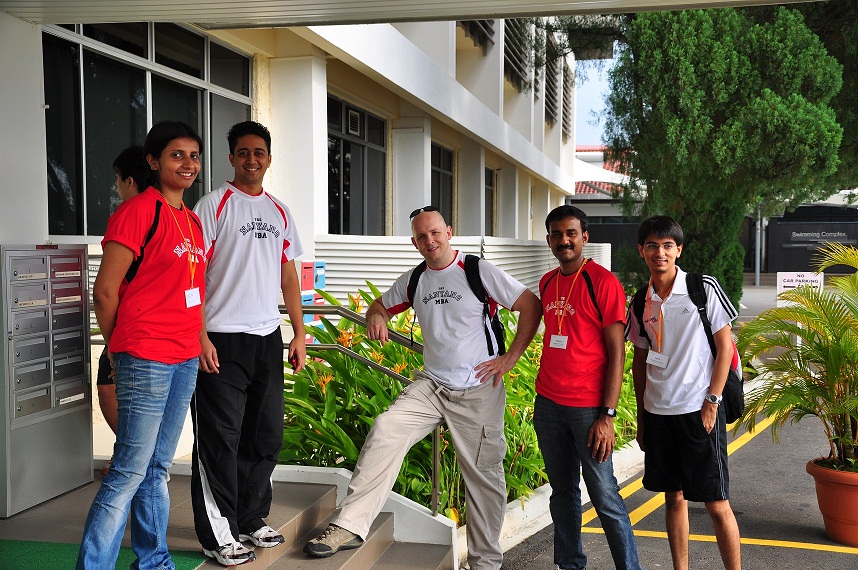

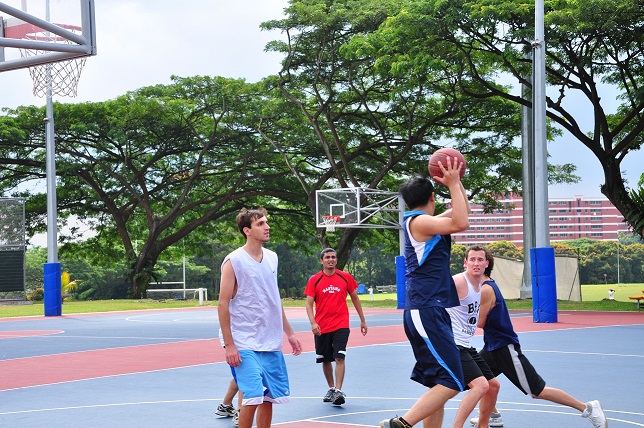

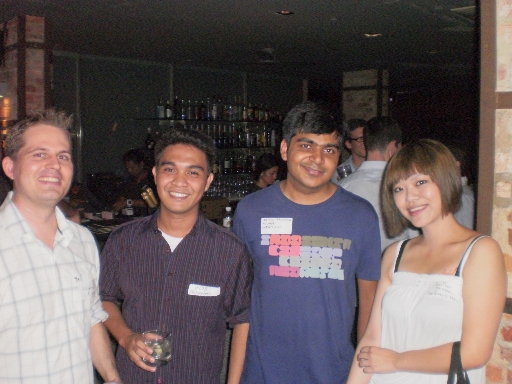


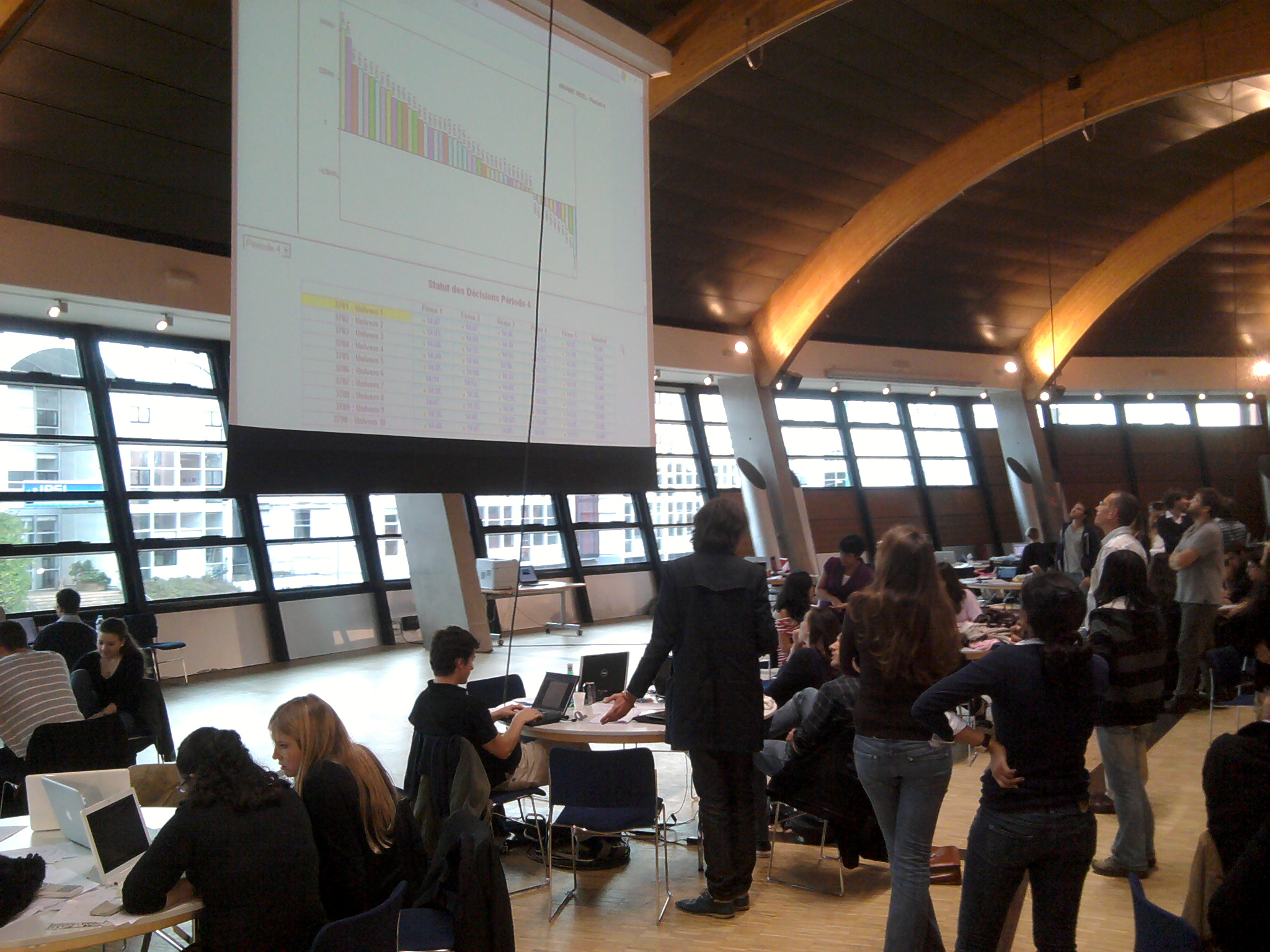

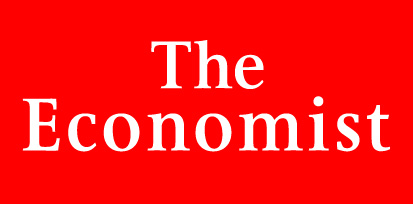

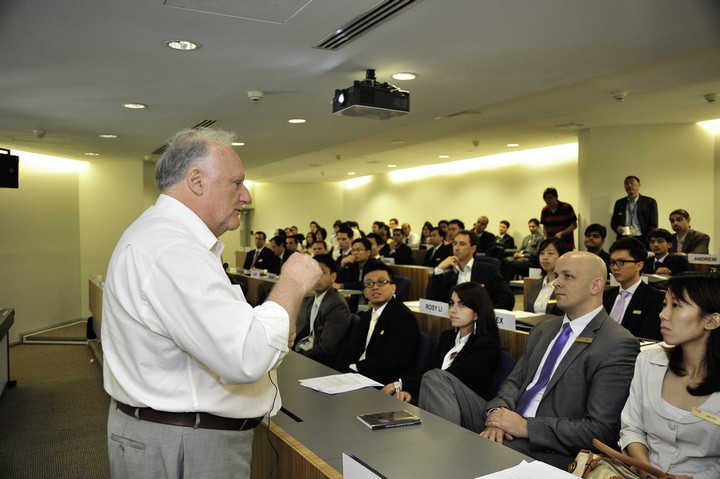
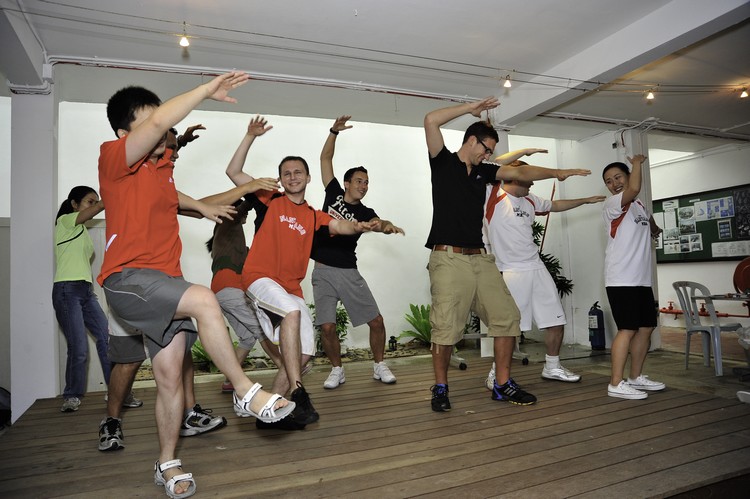
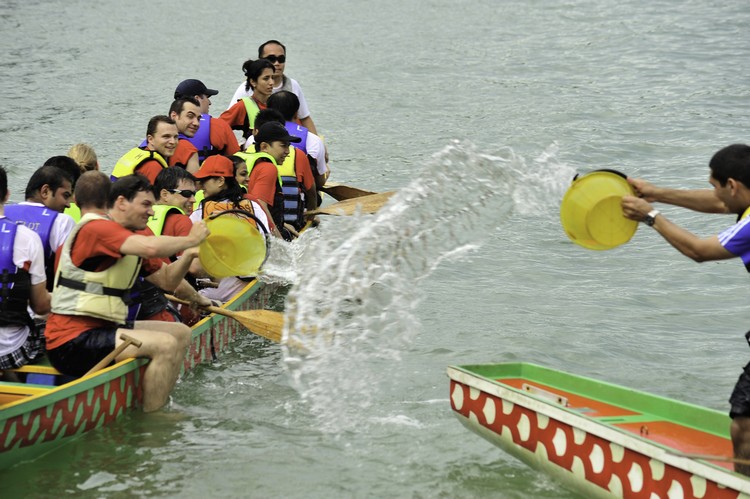
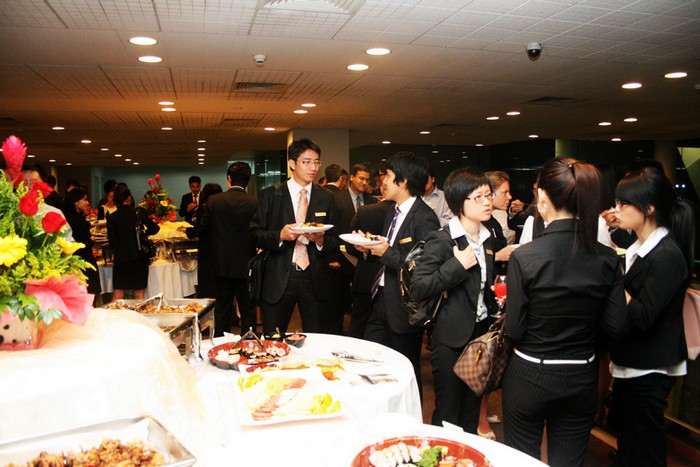
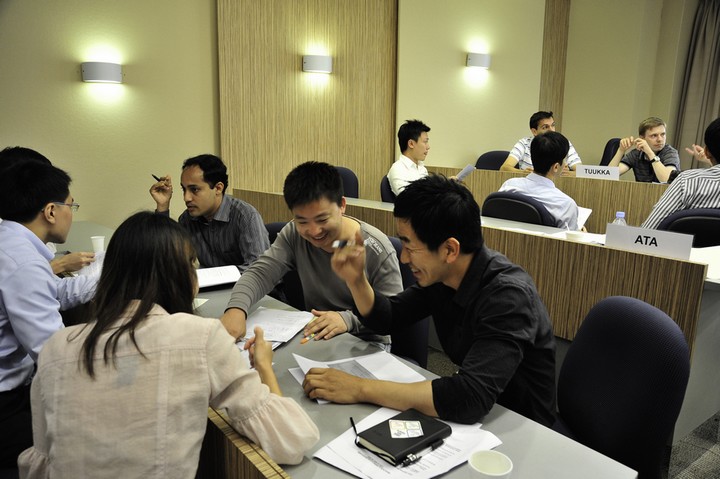











You must be logged in to post a comment.